PPMC-Transport is supported by its audience. When you buy through our links, we may earn an affiliate commission. Learn more
Written by Steven Schiller
Fact checked by Henry Speciale
Most tire manufacturers recommend replacing tires after they reach six years of age. They embossed the tire manufacture date along with other critical information on the product’s sidewall.
As you read these inscriptions, you might find the letters and numbers confusing. So, how to read Michelin tire date codes?
Michelin tire dates can be found in the last grouping of 3 or 4 numbers in the DOT tire code. The first two digits represent the week of manufacture while the last two numbers specify the year the tire was produced. For instance, a DOT code that ends in “0512” means the tire was made in the 5th week of 2012.
Table of Contents
Whether you like it or not, tires expire after ten years at the latest because they contain organic materials that degrade over time. For example, tires made of rubber lose their elasticity as they age.
Some tires may break down faster than other brands because the compounds react differently to various factors like heat, ice and other driving conditions. So not knowing when exactly to replace them may compromise your safety.
For these reasons, tire manufacturers use markings to help vehicle owners estimate how long they can use certain products, even if the brand promises strong treadwear warranty like Michelin.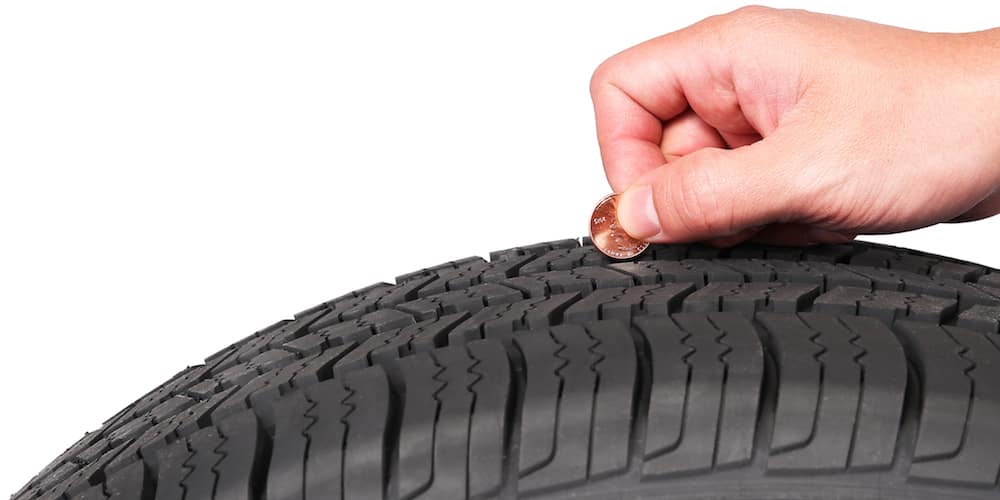
There is no specific regulation that standardizes the placement of any tire date code Michelin inscribes, but there are two ways to find this information.
1. Use the tire date code chart printed in your dealer registry card.
2. Check the DOT tire code in the inner or outer sidewall of your tire.
To make sure that you know how to tell when tire was made, it is important to familiarize yourself with the type of information included in Michelin DOT code lookup.
The Michelin tire sidewall displays three sections of sequences. They are:
1. Tire Specification
This is the most visible section because it reveals the following:
In brief, it may look like this: P 245/50 R17 98V
Note that if you don’t find any “P” letter in the code, it means that the tire follows Euro metric size.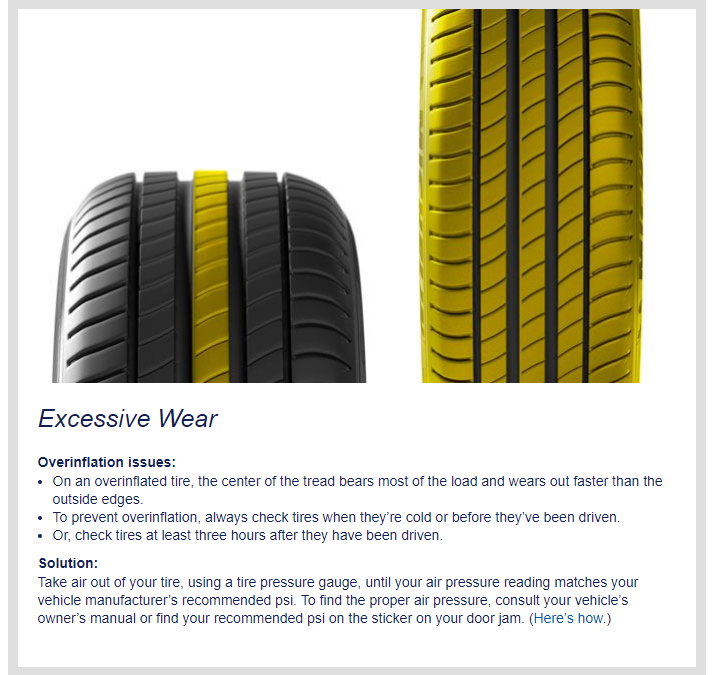 Such a model will have a higher load than its P-metric counterpart.
Such a model will have a higher load than its P-metric counterpart.
2. Michelin Tire DOT Code Decoder
After the word “DOT,” you’ll find the plant location, manufacturing code, and the tire’s birthday.
In other words, the Michelin tire manufacture date can be found at the end of the second section. They are the last four digits of the tire code, usually below the tire specs.
This sequence is also called the DOT safety code or DOT TIN (Department of Transportation Tire Identification number). It can be up to 13 characters.
3. UTQG rating
UTQG stands for Uniform Quality Tire Grading. This section shows the tire’s treadwear, traction, and temperature grades as determined by National Highway Traffic Safety Administration (NHTSA).
The DOT stamp has the following codes in order from first to last:
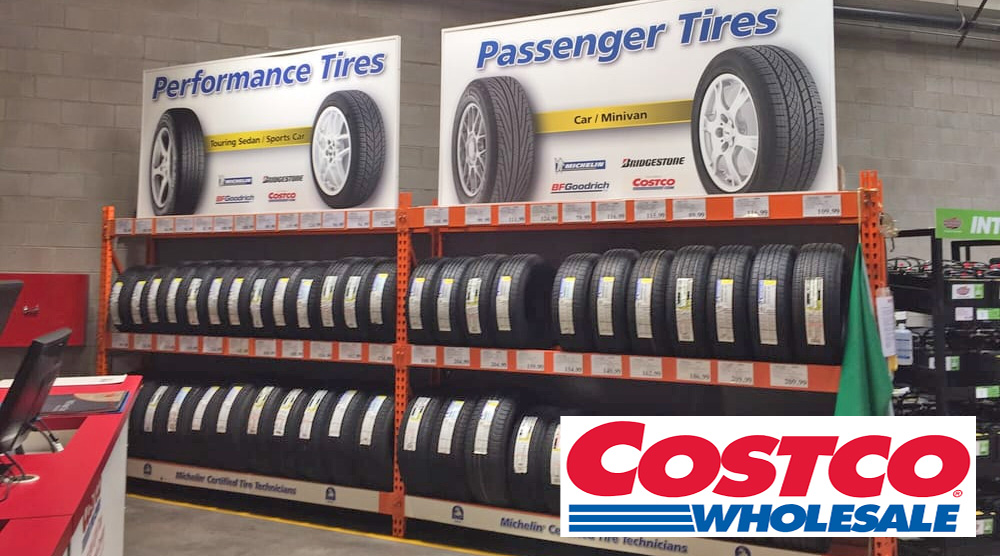
For example, 001x and 002x were traced in a complaint for Michelin Pilot Sport.
So if you feel that the manufacturing code is unusual like 006x or 009x, it’s not the date the tire was made. You’ll need to focus on the next few digits for that, which are the year and week codes.
Remember that the tire date code before 2000 has three numbers in the last grouping of the DOT sequence. The first two digits represent the week of the year while the third or last number indicates the year of manufacture.
For example, if the DOT code ends with “214,” it means the tire was built during the 21st week of 1994.
Meanwhile, models made after 2000 will have four numbers, wherein the first two digits specify the week the tire was made and the remaining two digits refer to the manufacture year.
As an illustration, if the last four numbers of the DOT code are “0514”, then the tire was made in the 5th week of 2014.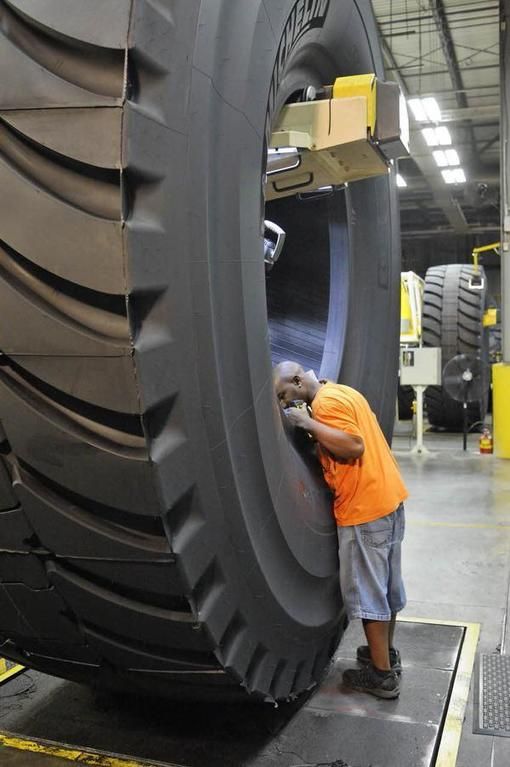
Now that you know how to identify which code stands for tire manufacture date location and other info, you can calculate Michelin tire age.
Even if Michelin produces different designs of sidewalls, be assured that the date code on Michelin tires is always printed on both sides of the sidewalls.
Learning how to read Michelin tire date codes is a basic skill for vehicle owners.
At first, the tire markings may seem confusing because they use different sets of letters and numbers. It is possible to mix up the week of manufacture with the production year.
Reading the codes on the tire’s sidewall will be a piece of cake if you familiarize yourself with the arrangement of the information such as the DOT, plant code, manufacturing code, etc.
If you find this guide helpful, feel free to tell us other topics you would like to learn about.
Categories FAQsI'm Henry, the content writer for PPMC Transport. We build our site entirely on experience and extensive market and customer research. My goal is to create a trusted platform where people can go to determine what is best for their vehicles in terms of safety and convenience. Keep an eye out for our useful guide!
- Speciale Henry
Are you concerned about the age of your tires?
This quick guide will help you find the manufacture date of your tire and understand how Tires Easy handles tire age based on the DOT Code. Keeping a record of your tires and understanding their age will help you save money on repairs and take proper care of your vehicle.
To find your tires’ age, you need to locate the DOT Date Code on the tire. This symbol indicates the tire manufacturer’s compliance with the U.S. Department of Transportation (DOT) National Highway Traffic Safety Administration (NHTSA) safety standards. It tells you who manufactured the tire, where it was made, and other tracking information. Plus, it indicates that the tire has passed the Department of Transportation’s testing and NHTSA manufacturer requirements.
This symbol indicates the tire manufacturer’s compliance with the U.S. Department of Transportation (DOT) National Highway Traffic Safety Administration (NHTSA) safety standards. It tells you who manufactured the tire, where it was made, and other tracking information. Plus, it indicates that the tire has passed the Department of Transportation’s testing and NHTSA manufacturer requirements.
The raised numbers of the DOT Code are placed together and often enclosed in a raised oval. The first two numbers are the week the tire was manufactured. In the example below, 35 stands for “week 35.” The second two numbers are the year the tire was manufactured. In the image below, we see the 07, indicating the tire was build in 2007. This particular tire was made in the 35th week of 2007.
On tires that were manufactured in 2000 and after, the last four digits indicate the week and year the tire was produced. The first two digits identify the week and the second two identify the year.
It’s not always easy to find the tire DOT code. There aren’t regulations on where the manufacturer has to place the information, so you may need to look at multiple sides of your tires before you can find the numbers. However, the identification information is usually on the inner sidewall of tires.
At Tires Easy, we believe that the tire warranty should begin from the date of purchase, not the DOT Code. If you purchase new tires today, and the DOT Code was a year ago, your warranty will still begin on the purchase date, not the manufacture date of the tire.
If for any reason you are uncomfortable with the age of your tires after looking at the DOT Date code, please call us and we can quickly provide you with a return under our 45 day return policy.
Just because you buy “new” tires doesn’t mean they were actually made recently.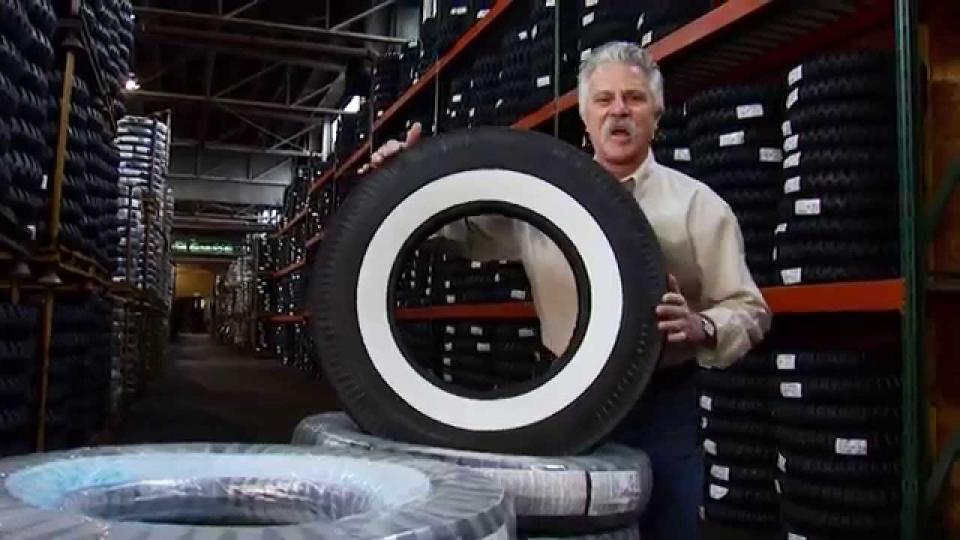 It can take a while for tires to reach tire retailers after being shipped from the manufacturer. Checking your tires’ DOT Date Code will tell you when they were made and how long they may have been stored. It is important to know that tires are often for months or years at a time, so your tire’s DOT code might not be in the same year you bought the tires, and that’s not a concern.
It can take a while for tires to reach tire retailers after being shipped from the manufacturer. Checking your tires’ DOT Date Code will tell you when they were made and how long they may have been stored. It is important to know that tires are often for months or years at a time, so your tire’s DOT code might not be in the same year you bought the tires, and that’s not a concern.
At Tires Easy, we take tire protection VERY seriously. Once the tires reach us, they are moved into Tires Easy’s industrial tire warehouses to ensure proper storage and prevent exposure to seasonal weather conditions. Our storage locations are cool, climate-controlled, and dry, preventing any premature aging or damage. Tire aging can be rapidly accelerated by poor storage conditions, so you should be sure the tires you purchase have been properly stored.
A general consensus from various tire industry associations around the world is that tires have a useful service life of six to ten years. As technology changes, there are more materials, and combinations of comounds, to extend tire life and extend wear. At Tires Easy, we like to err on the side of caution and only sell tires that are seven years old and under. If you consider that the average driver travels 15,000 miles per year, most tires need to be replaced in 4 years. If your tires were a few years old when purchasing, you would still be well within the accepted tire age range. This is especially true if the tires receive the proper amount of care and maintenance over the course of their lifetime.
As technology changes, there are more materials, and combinations of comounds, to extend tire life and extend wear. At Tires Easy, we like to err on the side of caution and only sell tires that are seven years old and under. If you consider that the average driver travels 15,000 miles per year, most tires need to be replaced in 4 years. If your tires were a few years old when purchasing, you would still be well within the accepted tire age range. This is especially true if the tires receive the proper amount of care and maintenance over the course of their lifetime.
Legally, you must replace your tires when the tread depth falls below 1.6 mm. Additionally, it’s recommended that you change summer tires at 3 mm and winter tires at 4 mm tread depth. This keeps your tires at optimal levels of safety.
When your tires reach seven years of age, we recommend that you consider replacing them. Even if the tires look new, it is best to have them inspected by a professional tire installer, so they can properly advise on the safety of the tires moving forward.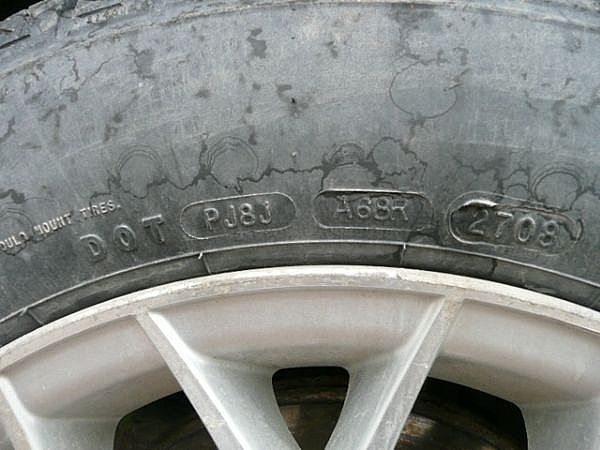 Spare tires should be checked and replaced as well.
Spare tires should be checked and replaced as well.
No matter how old the tires are when you buy them, the most important aspect of tire safety is regular maintenance and inspection. According to the The Rubber Manufacturer’s Association of America and the Tire & Rubber Association of Canada.
“Since service and storage conditions vary widely, accurately predicting the service life of any specific tire based on calendar age is not possible.”
For this reason, there is no specific limitation on the age of the tire when it is sold based on its DOT Code.
1. In terms of the DOT Date Code, some might assume that the number states when the tire was approved. On the contrary, the DOT symbol by itself simply indicates that the tire is approved by the Department of Transportation to be legally used on the road. The Date Code is when the tire was manufactured (not when it was approved).
2. You might also have heard that you should only buy tires that have a DOT code within the current year.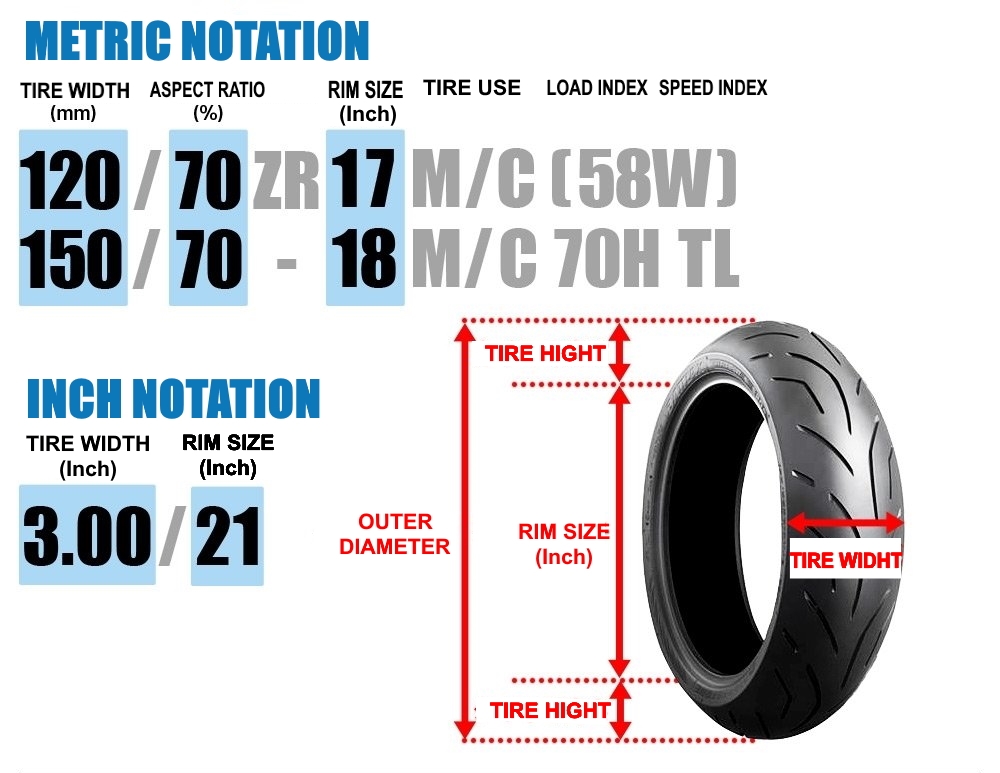 As we mentioned earlier, this is often not the case with many tires simply because it takes time for the tire to reach the United States from the manufacturer. As long as the tires have been stored properly, they will be in excellent condition, even if the DOT Date code is a couple of years old.
As we mentioned earlier, this is often not the case with many tires simply because it takes time for the tire to reach the United States from the manufacturer. As long as the tires have been stored properly, they will be in excellent condition, even if the DOT Date code is a couple of years old.
When stored properly and protected from the elements, tires age quite slowly. The Rubber Manufacturers Association has said there’s no way to put a date on when tires actually “expire.” There are too many factors that impact the true age of a tire.
To help prolong the life of a tire, tire retailers will:
While these are the main contributors to excessive tire aging, it would still take years of exposure in the hottest, wettest, and driest climates for the first signs of tire aging to appear.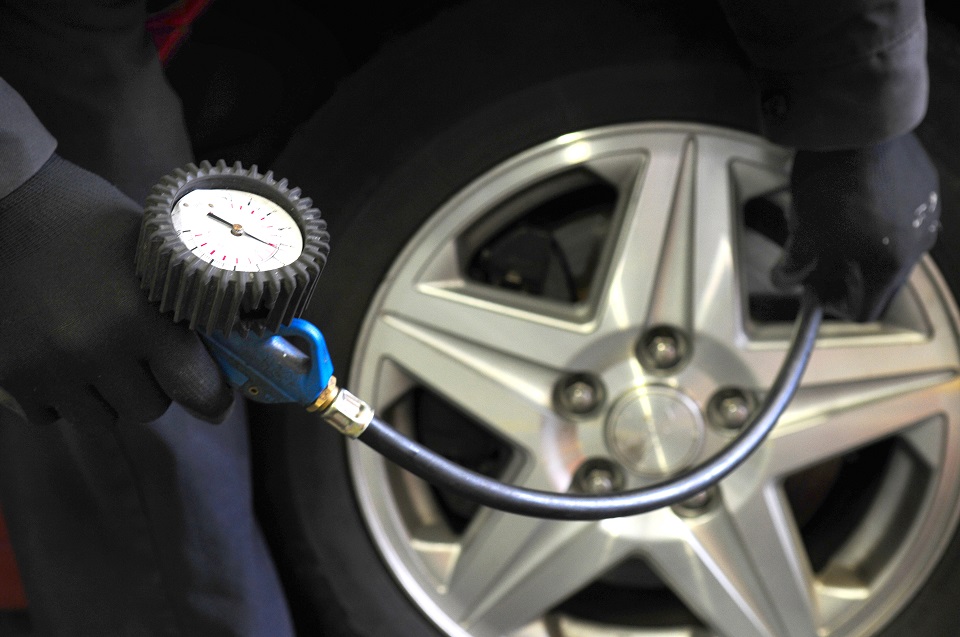 Tires are durable, and if they’re showing signs of damage within the first few years, it’s a sign of poor quality. Whitening of the rubber and shallow hairline cracks in the upper or lower sidewall may be an indication of UV and heat damage, but these symptoms aren’t issues you commonly see in new tires.
Tires are durable, and if they’re showing signs of damage within the first few years, it’s a sign of poor quality. Whitening of the rubber and shallow hairline cracks in the upper or lower sidewall may be an indication of UV and heat damage, but these symptoms aren’t issues you commonly see in new tires.
Sidewall cracking due to UV rays
Yes, the rubber gets hard over time as the tire loses its elasticity. This happens regardless of how much you use your tires over the course of the years.
Every tire has a birthday, and many tires will not be sold 7 years later. However, since some tires don’t technically become unsafe until a decade after they’re produced, the best advice is to have your tire checked by a professional to make sure they are safe for continued driving.
If you have any questions about your tire’s DOT Code or tire age in general, get in contact and let us assist you!
Create an account for FREE on Tires-Easy. com and discover the Exclusive Member Discounts.
com and discover the Exclusive Member Discounts.
Join Today For Free
Many modern drivers, when buying a set of car tires for any season, often ask themselves - what is the year of manufacture of the purchased tires?
Naturally, sellers, whether used material or new, of course, will say the year is newer than it actually is. And here you only need to rely on yourself to understand how old the tires really are.
We will tell you how to determine the age of car tires and what methods exist for this.
Contents
 In the absence of wear, each driver will think that he has new tires in front of him, which were released this year.
In the absence of wear, each driver will think that he has new tires in front of him, which were released this year. Regarding the novelty, this will be true, but there may be slight misconceptions about the exact year of manufacture, since there are a large number of car tire sets in the world that were not sold and, accordingly, were not used for their intended purpose. These tires could lie on the counter for a week or several years. How to be in this case and find out how old the tires are?
In this case, the marking of car tires will help you, on which information about the manufacturer and year of manufacture must be indicated. On car tires from the French manufacturer Michelin, you will definitely be able to find such information, it is enough to carefully examine the side of the tire to see an engraved marking on it indicating the necessary data. However, there are cases when, due to wear, the marking is not visible or is read very poorly. In this case, you can only determine the age of car tires approximately, by eye.
Determining the age of Michelin car tires is quite an important undertaking for drivers, because it is necessary to always correctly evaluate the life of the car tires used, the margin of safety and all key performance characteristics. When determining age, drivers can also find out the approximate life of purchased car tires from the French manufacturer Michelin, which will help drivers determine how long he will use a set of tires.
It's not a secret for anyone that car tires from the French manufacturer Michelin have a fairly long service life. In general, the manufacturer claims that his products may not lose their best qualities for at least 3-4 seasons. This suggests that, in principle, these tires can be used for 5-6 years. In fact, this is a fairly long period, which indicates a very large resource.
This is true - Michelin tires have a very serious margin of safety, which is manifested due to the fact that the manufacturer, in the manufacture of all modifications of his own products, used the optimal composition of the components that were included in the rubber compound of Michelin tires.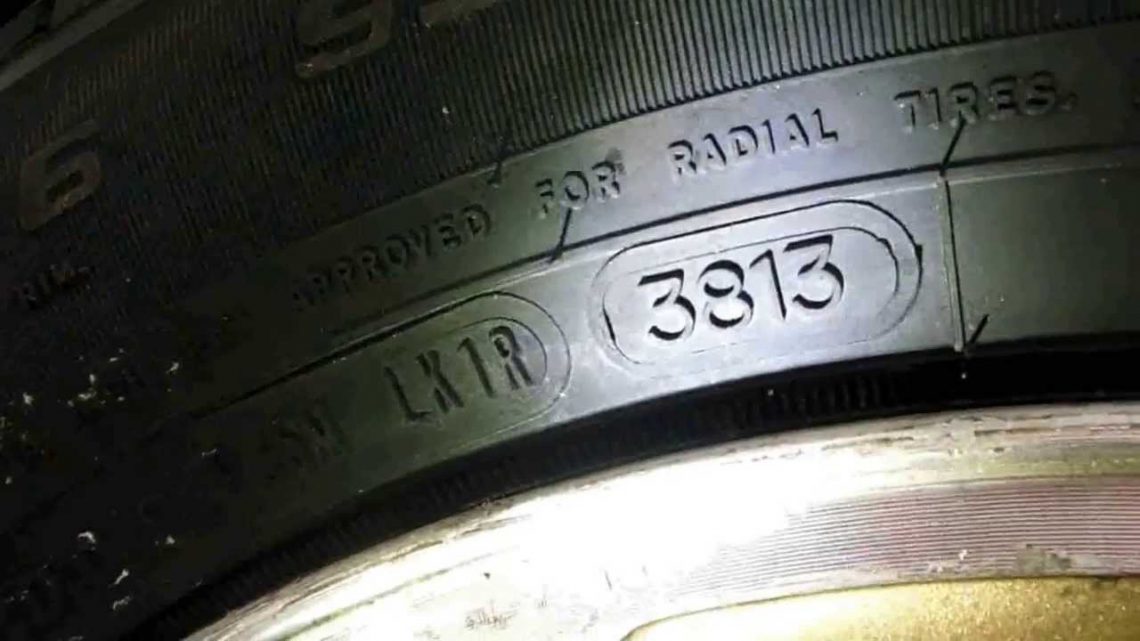 These are absorbent gels, and synthetic substances, and natural rubber. Together, the combination of these components made it possible to use tires of very high quality, which still delight a large number of drivers, not only in Europe, but throughout the world.
These are absorbent gels, and synthetic substances, and natural rubber. Together, the combination of these components made it possible to use tires of very high quality, which still delight a large number of drivers, not only in Europe, but throughout the world.
Despite the fact that Michelin car tires have a fairly serious margin of safety, nevertheless, it is necessary to preserve this advantage of your tires in order to use them as long as possible. In fact, in order to keep Michelin tires in excellent condition for a long period of time, you just need to follow a few rules.
First, you need to move as carefully as possible. This is a rather abstract concept, since each driver has his own driving style, from which it is very difficult to deviate in favor of something. You just need to try to drive on a level surface, as well as ensure a driving style in which you will have a minimum of sharp maneuvers - turning, starting, braking, drifting, etc.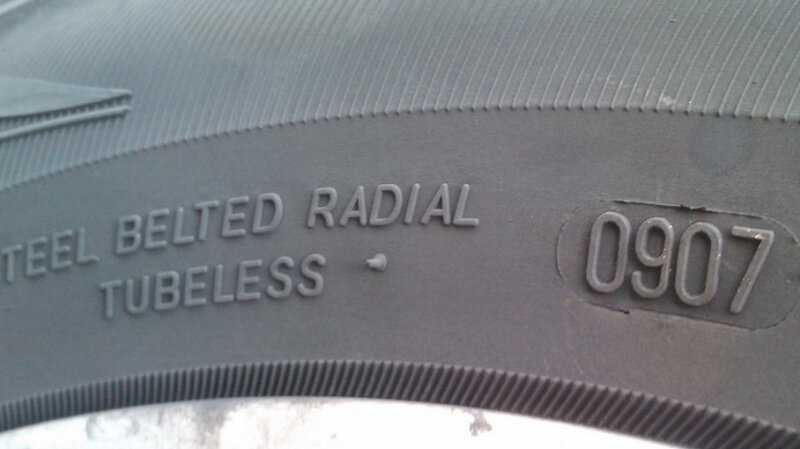 These are the factors that can have a serious impact on the final quality of your Michelin tires.
These are the factors that can have a serious impact on the final quality of your Michelin tires.
Secondly, at the time when the season of use of your tires ends, you need to store them in a strictly defined place under certain conditions. It is well known that rubber products tend to contract and expand, and this can ultimately play into the reduction of the strength characteristics of Michelin car tires during a long period of storage in inappropriate conditions - even though Michelin car tires have excellent rubber quality.
Third, when changing kits at the start of the new season, be careful when removing tires. Even such durable and dense tires as the French manufacturer Michelin's car tires are sensitive to strong deformations and external influences, therefore, also exercise maximum caution and be extremely careful.
As it becomes clear, there are quite a few ways to find out the age of Michelin car tires.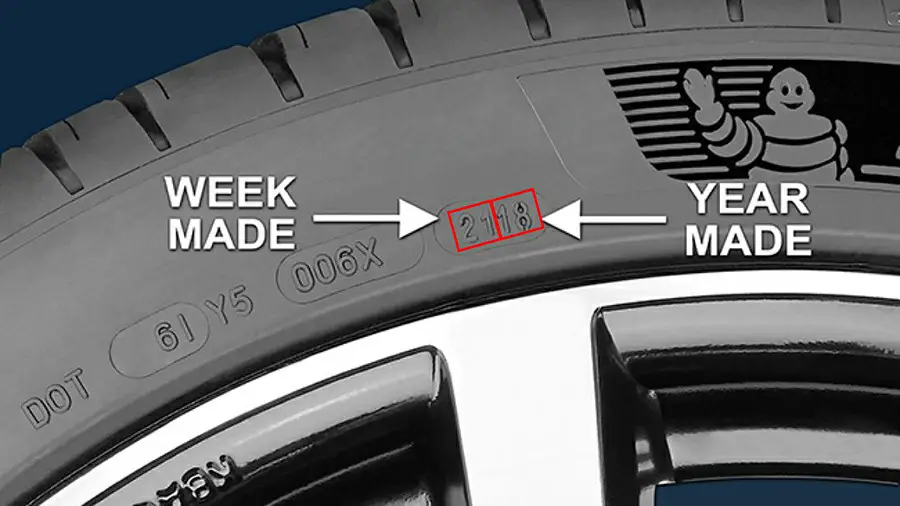 Most importantly, try to determine the age as approximately as possible, since it is very, very difficult to determine the exact age, especially if car tires have already been used by any driver before.
Most importantly, try to determine the age as approximately as possible, since it is very, very difficult to determine the exact age, especially if car tires have already been used by any driver before.
The most important thing to pay attention to when determining age is determining the tread height of Michelin tires. To do this, it is enough to measure this value as accurately as possible and compare it with the standard value. If the difference between these values is relatively small, then the age of such tires will also be small. With an increase in this value, the age of car tires will also increase accordingly.
The most important thing for drivers is to try to keep the quality of the used Michelin car tires for as long as possible. To do this, it is enough to treat rubber products as carefully and accurately as possible.
Michelin has production sites in 17 countries in the world at 67 plants:
MICHELIN products are available in 170 countries and are manufactured to the same Group quality standards worldwide.
Russian-made MICHELIN tires are sold not only in Russia.
MICHELIN tires in our online shop are not sorted by place of production. It is difficult to say who is the manufacturer of a particular product in the catalog. It doesn't matter. All MICHELIN tires sold by authorized dealers perform equally well.
No, it doesn't. Now many world brands have their own factories in Russia. At the same time, the requirements for product quality remain unchanged regardless of the place of production.
Tires made in Poland or in Germany are of the same high quality. For all Michelin production sites, there is a single workflow for each tire model. Therefore, the consumer will not be able to distinguish a tire produced, for example, in Poland from a similar model produced in a German plant.
Tests and tests conducted by independent organizations have confirmed that Russian or Asian-made MICHELIN products are identical to their Western counterparts in terms of performance.
All MICHELIN-branded tires carry a 5-year warranty from the date of manufacture against defects in workmanship and materials.
MICHELIN tires purchased from the TYREPLUS network of tire centers are covered by another one-year warranty. It includes free repair or replacement of tires within 12 months from the date of purchase.
An automotive publication conducted a test comparing MICHELIN Energy Saver tires in size 180/60R15 made in Spain with a similar model in the same size made in Russia.
Tests have shown that both tires have the same characteristics: tread depth, handling (both dry and wet asphalt), wear resistance, braking properties on dry and wet asphalt.